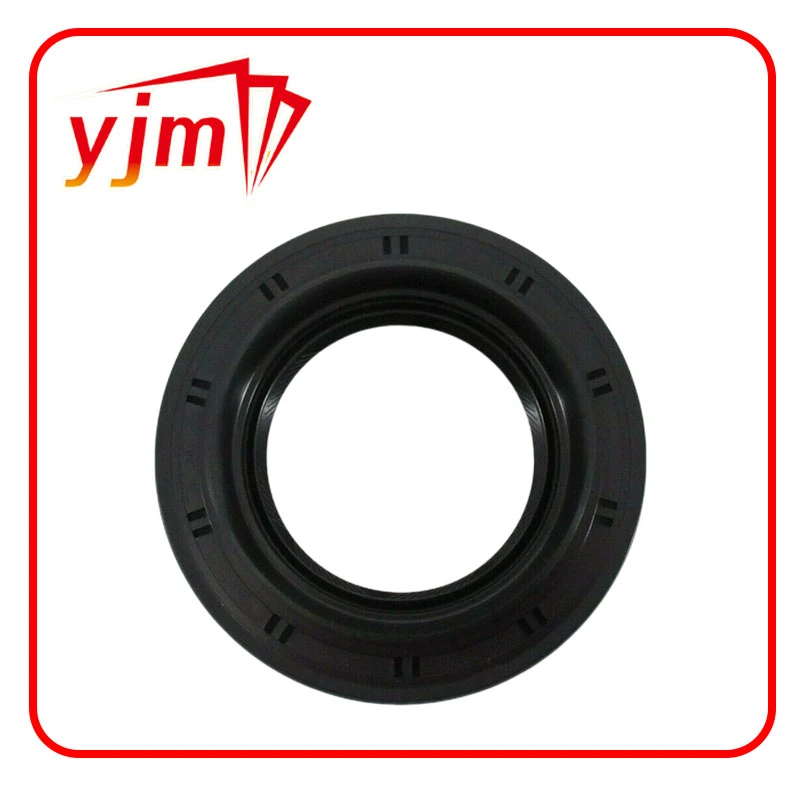Understanding Hydraulic Pump Shaft Seals for Optimal Performance and Longevity
Understanding Hydraulic Pump Shaft Seals
Hydraulic systems are integral to modern machinery and applications, relying on fluid power for efficiency and effectiveness. At the heart of these systems, hydraulic pumps play a critical role by converting mechanical energy into hydraulic energy. However, one essential component that often gets overlooked is the shaft seal. In this article, we'll discuss the importance of hydraulic pump shaft seals, their types, materials, and maintenance.
What is a Hydraulic Pump Shaft Seal?
A hydraulic pump shaft seal is a critical component that prevents hydraulic fluid from leaking out of the pump housing along the rotating shaft. It seals the gap between the stationary and rotating parts of the pump, ensuring that the high-pressure fluid remains contained while allowing the shaft to rotate freely. This function is crucial for maintaining system pressure and preventing contamination of the hydraulic fluid.
Types of Hydraulic Pump Shaft Seals
There are several types of seals used in hydraulic pumps, including
1. Mechanical Seals These seals consist of two flat surfaces that are pressed against each other, creating a tight seal. Mechanical seals are commonly used in high-pressure and high-temperature applications due to their durability and reliability.
2. Lip Seals Also known as radial seals, lip seals have a lip that rides against the shaft. They are simpler and often used in applications involving lower pressures. The design can accommodate some shaft misalignment, making them versatile for various applications.
3. O-Rings These are circular seals made from elastomeric materials, often used in conjunction with other sealing methods. O-rings are economical and can provide effective sealing under moderate pressures, but they often require precise machining to be effective.
4. Packing Seals Packing seals consist of a series of ring-like pieces that compress around the shaft. They are typically used in older hydraulic pump designs and can be effective at low to moderate pressures.
Materials Used in Hydraulic Pump Shaft Seals
The selection of materials for hydraulic pump shaft seals is crucial as it influences their performance, durability, and compatibility with different fluids. Common materials include
hydraulic pump shaft seal

- Nitrile Rubber Known for its good resistance to oil and temperature variations, nitrile rubber is one of the most commonly used materials for hydraulic seals. - Fluorocarbon Rubber (FKM) This material offers excellent chemical resistance and can withstand higher temperatures, making it suitable for more demanding applications.
- Polyurethane With great abrasion resistance, polyurethane seals are often used in high-wear environments.
- PTFE (Teflon) Known for its chemical resistance and low friction properties, PTFE is often used in applications involving aggressive fluids.
Importance of Maintenance
Proper maintenance of hydraulic pump shaft seals is vital for the effective operation of hydraulic systems. Here are some maintenance tips
1. Regular Inspections Periodically check seals for signs of wear, damage, or leaks. Early detection of issues can prevent major failures and costly repairs.
2. Fluid Integrity Ensure that the hydraulic fluid is clean and free of contaminants. Dirty or contaminated fluid can degrade seals quickly.
3. Monitor Pressure and Temperature Keeping an eye on the operating temperature and pressure will help in identifying conditions that may lead to seal failure.
4. Correct Installation Follow manufacturer guidelines for seal installation to avoid issues such as misalignment or uneven compression, which can lead to leaks.
5. Use Appropriate Materials Select seals that are compatible with the specific hydraulic fluid in use, taking into account the temperature and pressure conditions.
Conclusion
Hydraulic pump shaft seals play a pivotal role in ensuring the efficiency and longevity of hydraulic systems. By understanding the types of seals, their materials, and the importance of maintenance, operators can make informed choices and ensure the smooth operation of their machinery. Regular attention to these seals not only protects against leaks and contamination but also contributes to the overall reliability and performance of hydraulic equipment.
-
Understanding the Front Main Engine Seal: Purpose, Maintenance, and Installation
News Jul.29,2025
-
Understanding O-Rings and Seal Rings: Types, Applications, and Custom Solutions
News Jul.29,2025
-
Understanding Crankshaft Oil Seals: Rear Seals, Pulley Seals, and Their Role in Engine Integrity
News Jul.29,2025
-
The Importance of Front and Rear Crankshaft Seals in Engine Performance and Oil Management
News Jul.29,2025
-
Crank Oil Seals: Functions, Types, and Cost Considerations in Engine Maintenance
News Jul.29,2025
-
A Comprehensive Guide to O-Rings and Seals: Types, Materials, and Global Applications
News Jul.29,2025
-
Mastering Diesel and Performance Engine Maintenance: A Guide to Critical Oil Gaskets
News Jul.28,2025
Products categories















